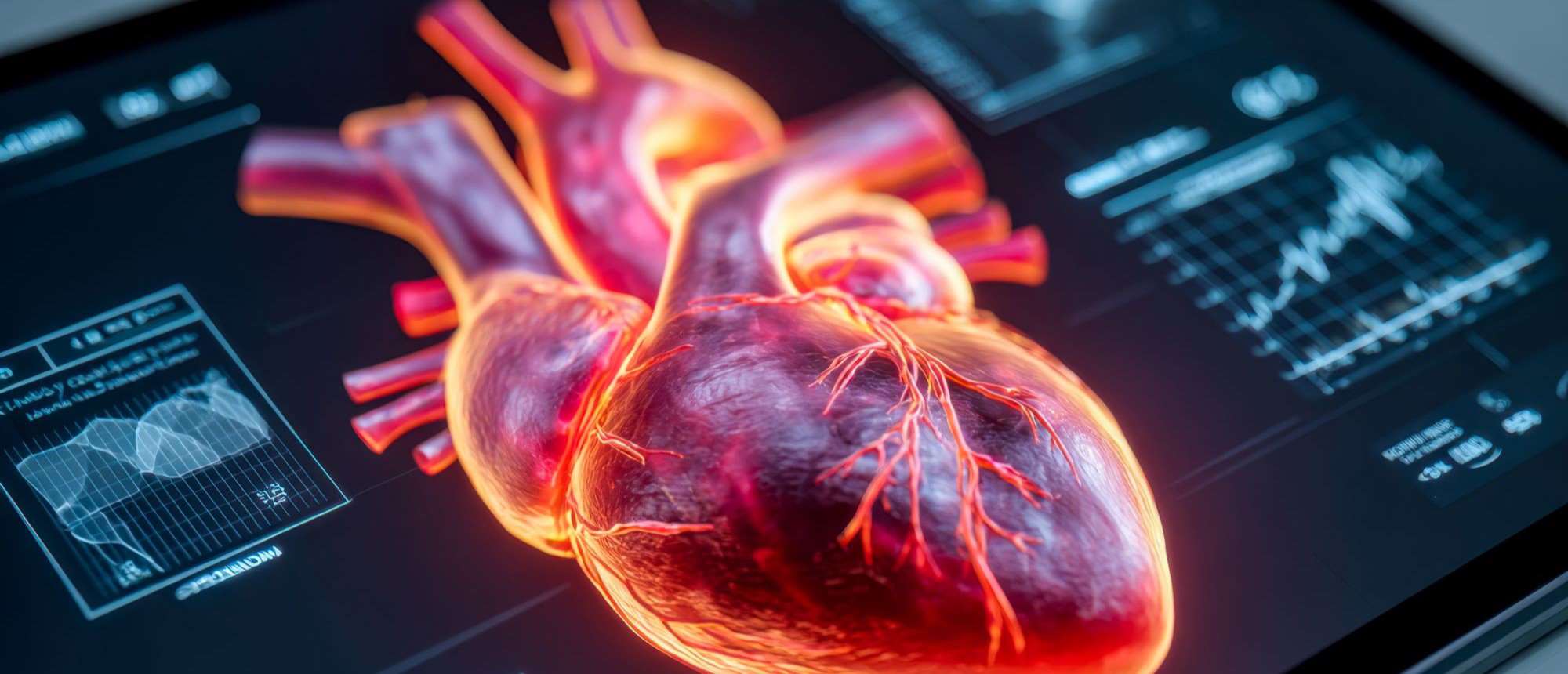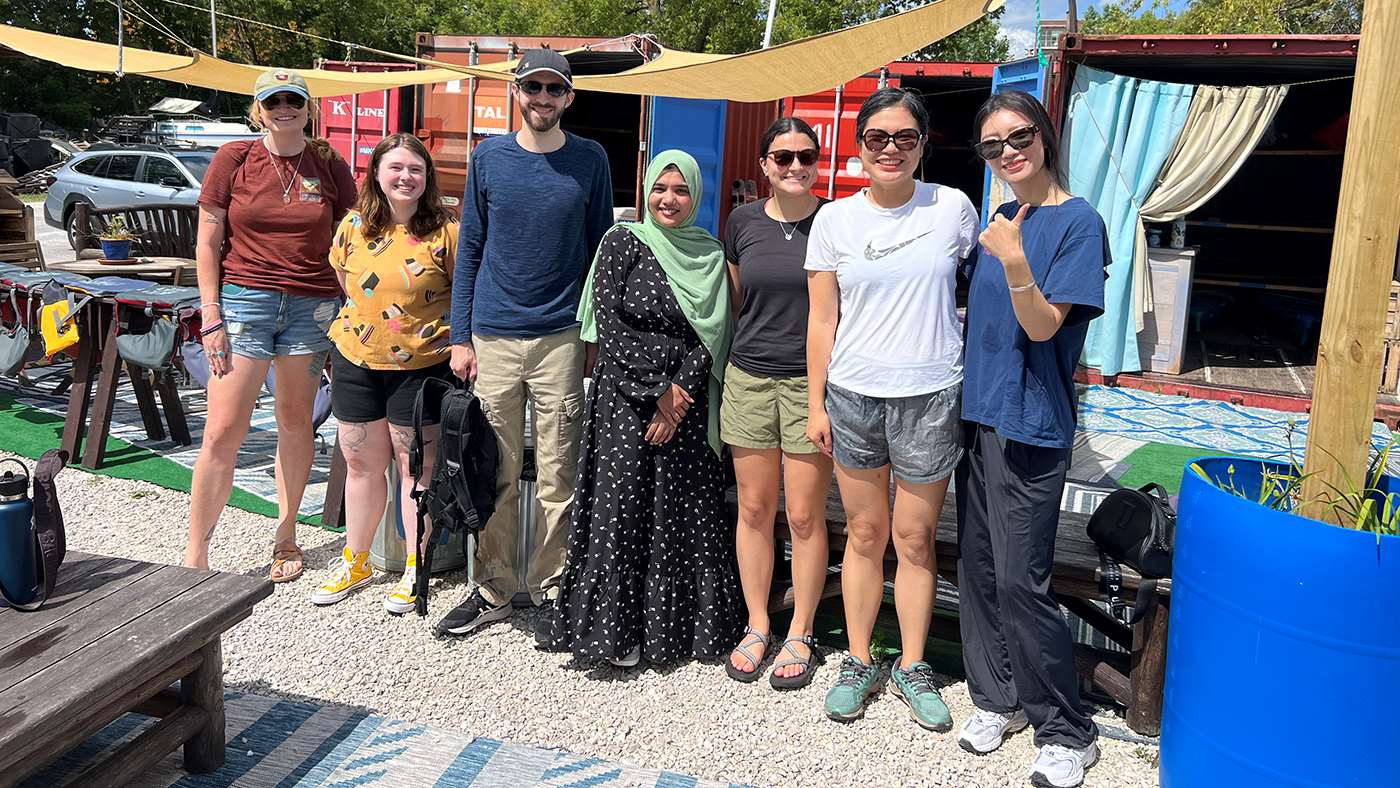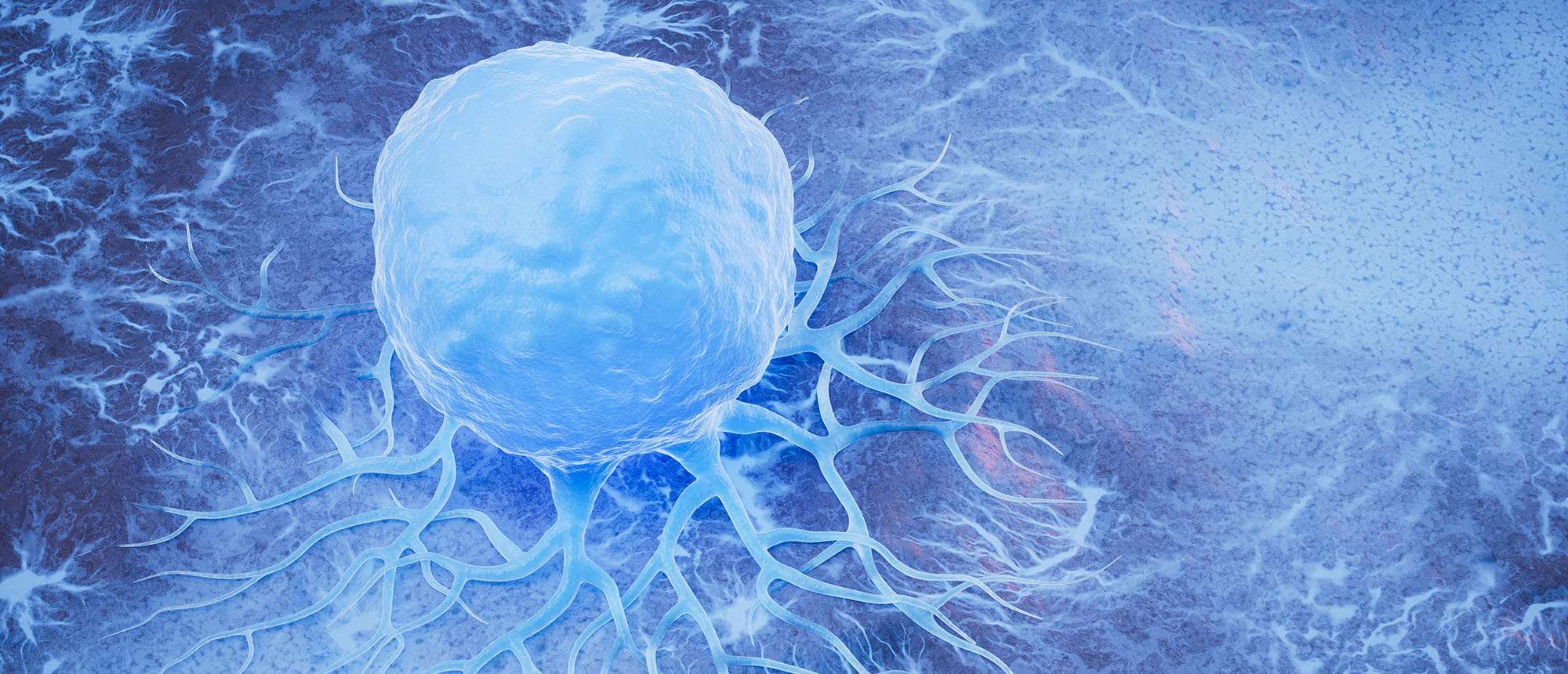MCW Scientist Takes Dual Approach to Heart Regeneration Research

Heart disease still accounts for 20 percent of deaths in the United States. While countless scientists and physicians are searching for better ways to treat the disease – and to repair the heart muscle cells that are damaged as a result of it – scientists like Ziqing Liu, PhD, are taking a different approach.
 As an assistant professor of physiology at the Medical College of Wisconsin (MCW), Dr. Liu aims to regenerate the heart altogether. She approaches the problem from two directions: working to regenerate the heart muscle cells, called cardiomyocytes, while also restoring blood flow to the heart by stimulating the body to make new blood vessels.
As an assistant professor of physiology at the Medical College of Wisconsin (MCW), Dr. Liu aims to regenerate the heart altogether. She approaches the problem from two directions: working to regenerate the heart muscle cells, called cardiomyocytes, while also restoring blood flow to the heart by stimulating the body to make new blood vessels.
With an R01 grant from the National Institutes of Health, she is studying how gene expression regulation affects these processes – and how they could potentially be the key to unlocking new growth within the body.
“We’re taking a bottom-up approach,” she says. “We don’t want to fix or repair the heart, we want to help regenerate it altogether. To do that, you need to look at both cardiomyocytes and vessels. We’re not quite there yet, but once we are, I’ll be very excited to translate this into the clinic.”
Finding the Right Reprogramming Factors
The idea of regenerating a heart is not science fiction: while adult humans cannot yet regenerate heart cells, babies can. Dr. Liu and her team are using mouse models to study this process to better understand how it works. They focus on a specific point in the genetic expression process – after DNA is converted into RNA, but before RNA turns that information into a protein.
“After an RNA is made, there are so many steps before a protein is made, and there are a lot of unknowns,” Dr. Liu says. “If we study this process in making new cardiomyocytes and stimulating new blood vessels to grow, we can better understand just how it works.”
In the lab, Dr. Liu is working to reprogram cardiac fibroblasts – cells that produce connective tissue within the heart – into cardiac myocytes, which are responsible for pumping the heart. Fibroblasts are more flexible in their application and can even have a detrimental effect. When under stress, they can proliferate too much, damaging heart function. Scientists have shown that these cells can be switched to myocytes in mice, but doing the same in humans has proved more difficult.
Using human tissue in cell cultures, Dr. Liu and her team are trying to find the right reprogramming factors to turn them into myocytes.
“If we can turn them into beating cardiac muscle cells, we can reduce their ability to cause damage,” Dr. Liu says. “It’s a strategy that could work quite well.”
Understanding How Proteins Spur Blood Vessel Growth
Her team is also investigating how blood vessels generate in human tissue. Using cell cultures, she’s identifying the RNA binding proteins that are key to angiogenesis, the process of creating new blood vessels within the body.
She identified one protein (PABPC1) that, when taken away in a cell culture, led to more angiogenesis. But when she and her team knocked that protein out in a mouse model, it didn’t spur angiogenesis. Instead, it resulted in much more inflammation. The team also found that protein is expressed in higher levels in young mice than in older mice.
Their current hypothesis is that the protein regulates inflammation in endothelial cells, the cells that line blood vessels. The new RO1 grant will help them explore this finding more.
“If it is related to inflammation, which is a hallmark of aging, then it could also contribute to the general increased risk of cardiovascular disease in the older population,” Dr. Liu says.
Basic Science Research Supported by MCW

As a heart disease researcher, Dr. Liu understands the importance of healthy habits. In that spirit, she took her lab kayaking on the Milwaukee River.
Dr. Liu has dreams of translating her findings to patients but acknowledges that there is still much to learn before human adult heart cells can be regenerated. MCW provides the research infrastructure, including core facilities, that make her fundamental research possible.
“MCW supports basic science research to help us understand these mechanisms,” she says. “They encourage application between basic scientists and physicians and have the infrastructure ready for clinical translation.”
As someone who hopes to one day help patients with heart disease, Dr. Liu knows the importance of keeping herself healthy. When she’s not spending time with her two kids, she can be found playing tennis, swimming, and skiing. She even took her lab group kayaking on the Milwaukee River.
“I love exercise, and I really enjoy life in Milwaukee,” she says. “MCW is the best place for me.



